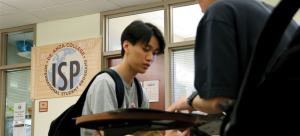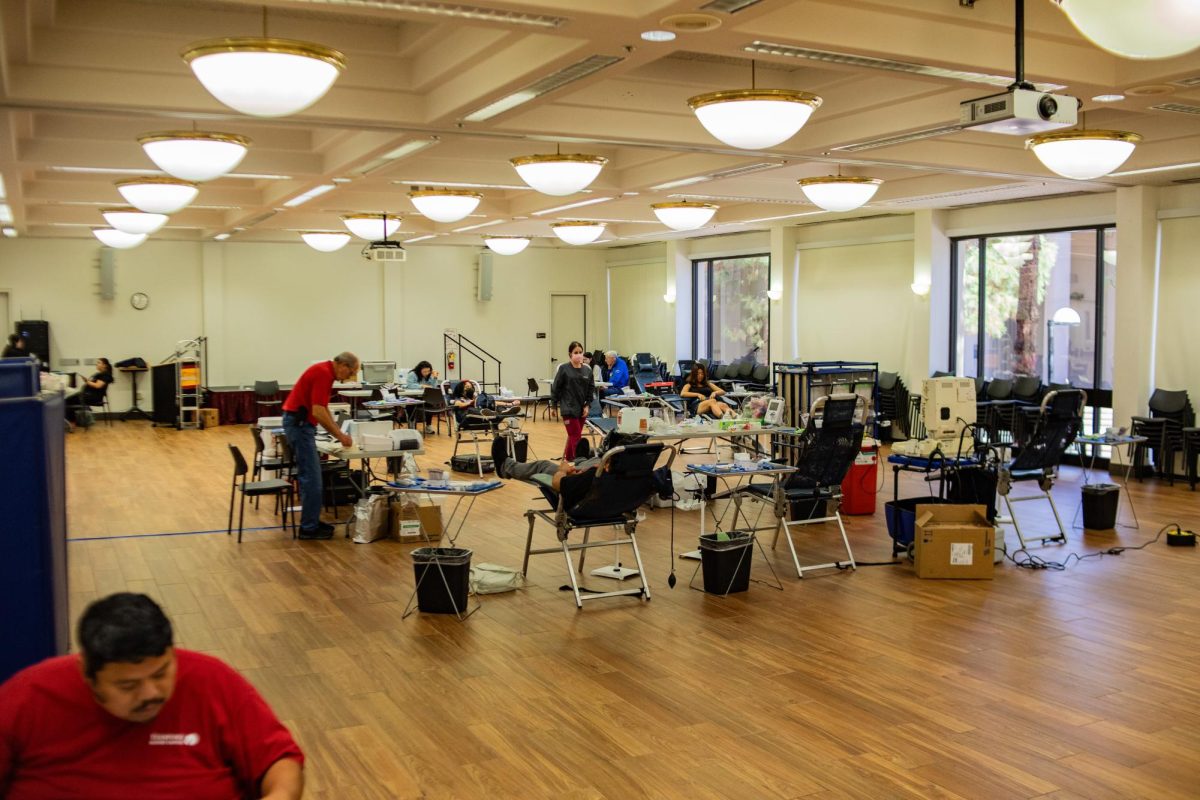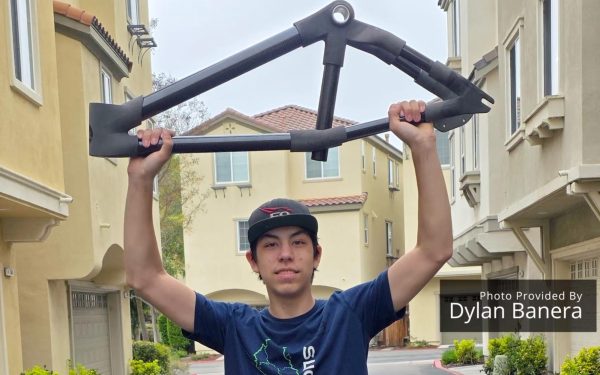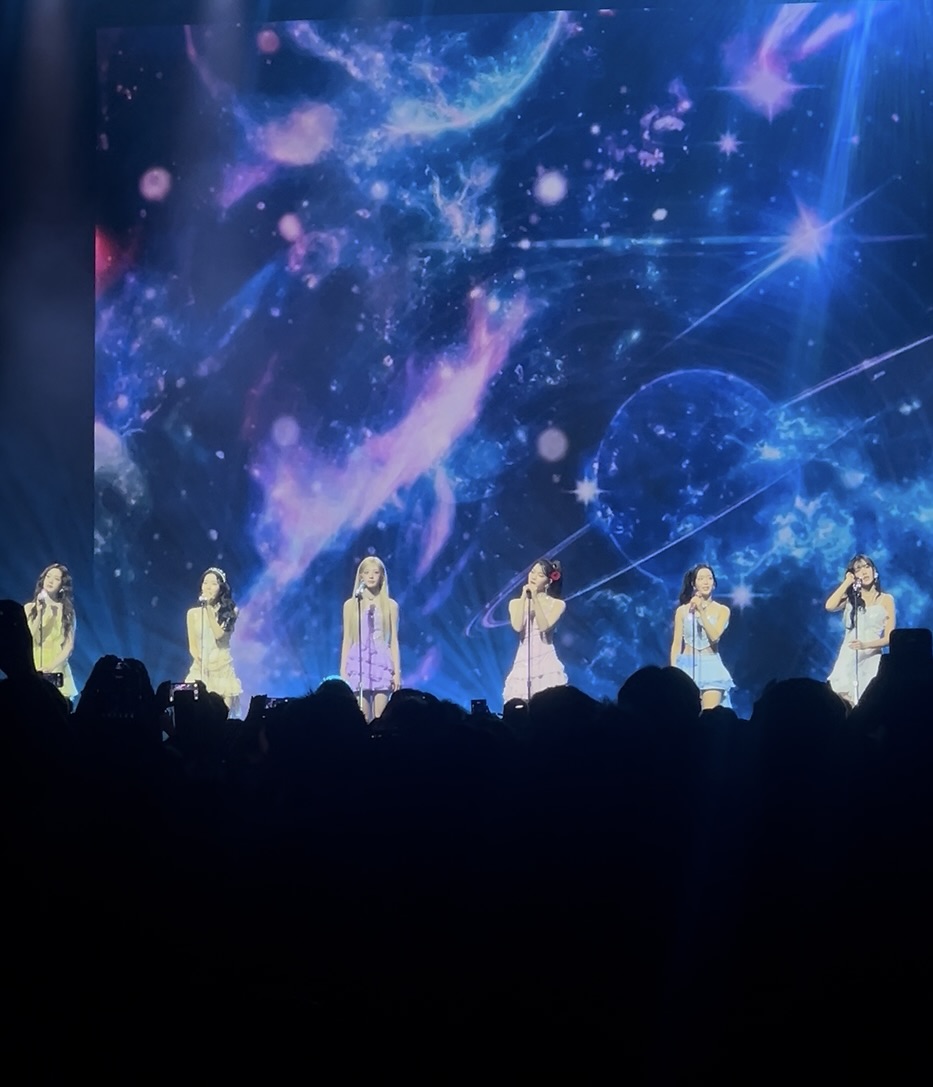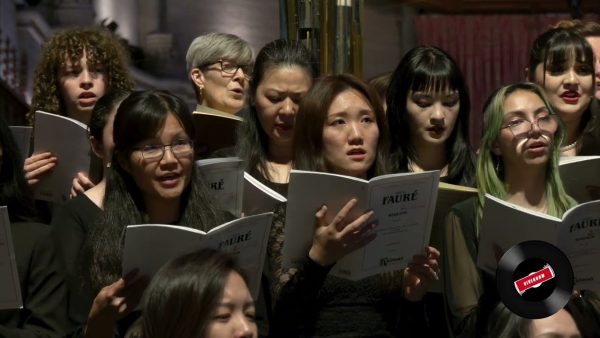Zero-cost textbooks prove accessible to more students
October 17, 2019
Some professors at De Anza have implemented zero-cost resources and textbooks in their curriculum through Open Educational Resources.
The driving force of using OERs is to alleviate students’ financial anxieties by providing easy-to-access, free resources.
“Any opportunity for a student to minimize the cost associated with going to school is good for students,” said Mallory Newell, Supervisor of Institutional Research.
Newell cites a recurring problem that many students will not buy the textbook if it is out of their financial ability, thus limiting students’ ability to be successful in the class.
Buying textbooks from providers are often expensive. With new editions coming out every few years, editions fall out of use.
Buying a textbook for single or limited use is not beneficial for students overall, let alone thosewho receive financial aid or come from low-income backgrounds.
With OERs, students are able to access materials for class right away rather than waiting to buy textbooks or not buying textbooks at all.
These zero-cost textbooks can be downloaded as PDFs across mobile and laptop devices.
OERs also come in interactive graphics, websites and videos.
While accessibility for students is important, professors who implement these resources can also now customize their curriculum and relate their materials to students much more successfully.
“Traditionally, when an instructor selects reading material, they don’t have to look at it very closely,” said OER coordinator and psychology professor Mark Healy. “When you start to wade into this world of free and low-cost materials, it takes a little more work to check out what’s out there which really forces you to customize.”
The world of OERs is constantly growing. The large community of contributors has the ability to update and add vast amounts of knowledge at zero cost and at a much faster rate than publishers can update their own textbooks.
Recently retired professor of mathematics at De Anza College, Barbara Illowsky, along with her colleague, Susan Dean, created the rst OER textbook for Math 10 in the mid-1990s.
This textbook eventually became the prototype for OpenStax, a nonprofit organization. According to Illowsky, the textbook is currently used at nearly 700 colleges in the United States and has saved De Anza students, specifically, over $3 million.
The effort behind this implementation of open and free resources in college and university classrooms is not just limited to helping students save money. It truly is educators’ and academics’ – who know well the struggles of students in higher education.







